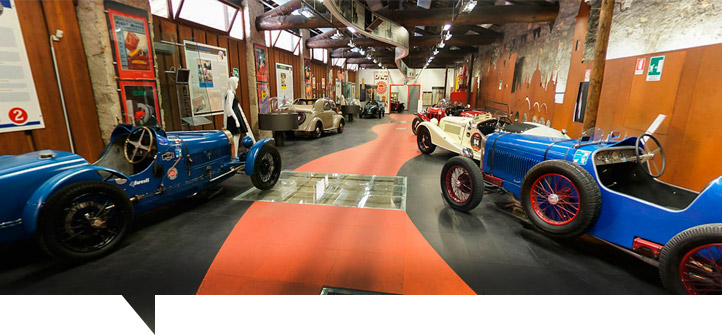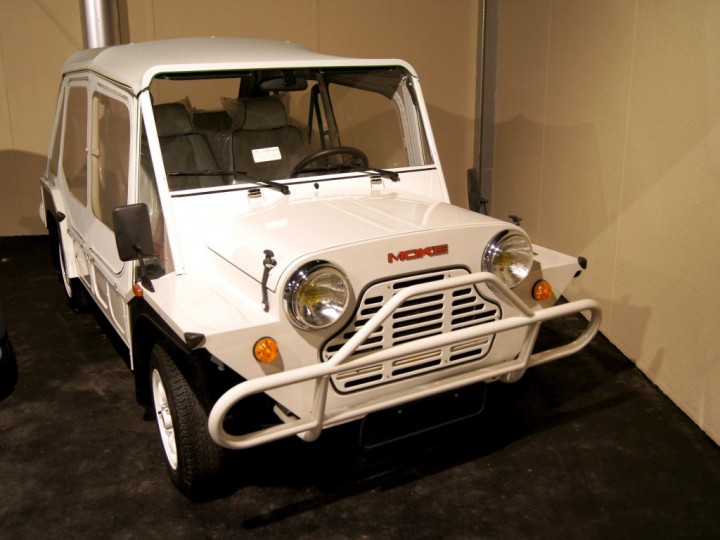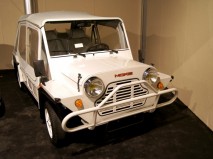1992 Mini Moke Cagiva Jeep
Body style : 4 seat convertible
2 seat pickup
Layout : FF layout
Engine : 850 cc A-series, I4 , 998 cc I4, 1098 cc I4, 1275 cc I4
Transmission: 4-speed manual
Wheelbase : 2,020 mm (79.5 in)
Length: 3,050 mm (120.1 in)
Width: 1,300 mm (51.2 in)
Height: 1,400 mm (55.1 in)(with cloth roof and windshield raised)
Kerb weight : 406 kg (896 lb) — Early models
578 kg (1275 lb) — Later models
Designer(s) Sir Alec Issigonis
en.wikipedia.org
The Mini Moke is a vehicle based on the Mini designed for the British Motor Corporation (BMC) by Sir Alec Issigonis.
The name comes from "Mini"—the car with which the Moke shares many parts—and "Moke", which is an archaic dialect term for donkey. The Moke has been marketed under various names including Austin Mini Moke, Morris Mini Moke and Leyland Moke.
The initial design was a prototype for a light military vehicle in the style of the American Jeep, but its small wheels and low ground clearance made it impractical as an off-road vehicle. It was subsequently offered in a civilian version as a low-cost, easily maintained utility vehicle. The Moke finally achieved success as a beach buggy—becoming a popular 'cult' vehicle in the Algarve, Seychelles, Australia, the United States and many tropical resorts in the Caribbean. The original Moke used identical engine, transmission and suspension parts to the basic Mini.
Mokes were first built at the Morris factory in Oxford before production moved to BMC's Longbridge, Birmingham plant, and eventually overseas. 14,500 Mokes were produced in the UK between 1964 and 1968, 26,000 in Australia between 1966 and 1981, and 10,000 in Portugal between 1980 and 1993 when production of the Moke ended.
In 1990, British Leyland (by then called Rover Group) sold the ""Moke"" name to Cagiva-a motorcycle manufacturer in Bologna, Italy. Production continued in Portugal until 1993, when Cagiva transferred the tooling to their factory in Italy with the intention of restarting production in 1995-which they never did. Since Cagiva did not own the ""Mini"" name, the 1,500 cars they built were sold simply as ""Mokes"". This brought the total production run of Mokes and Moke derivatives to about 50,000.







